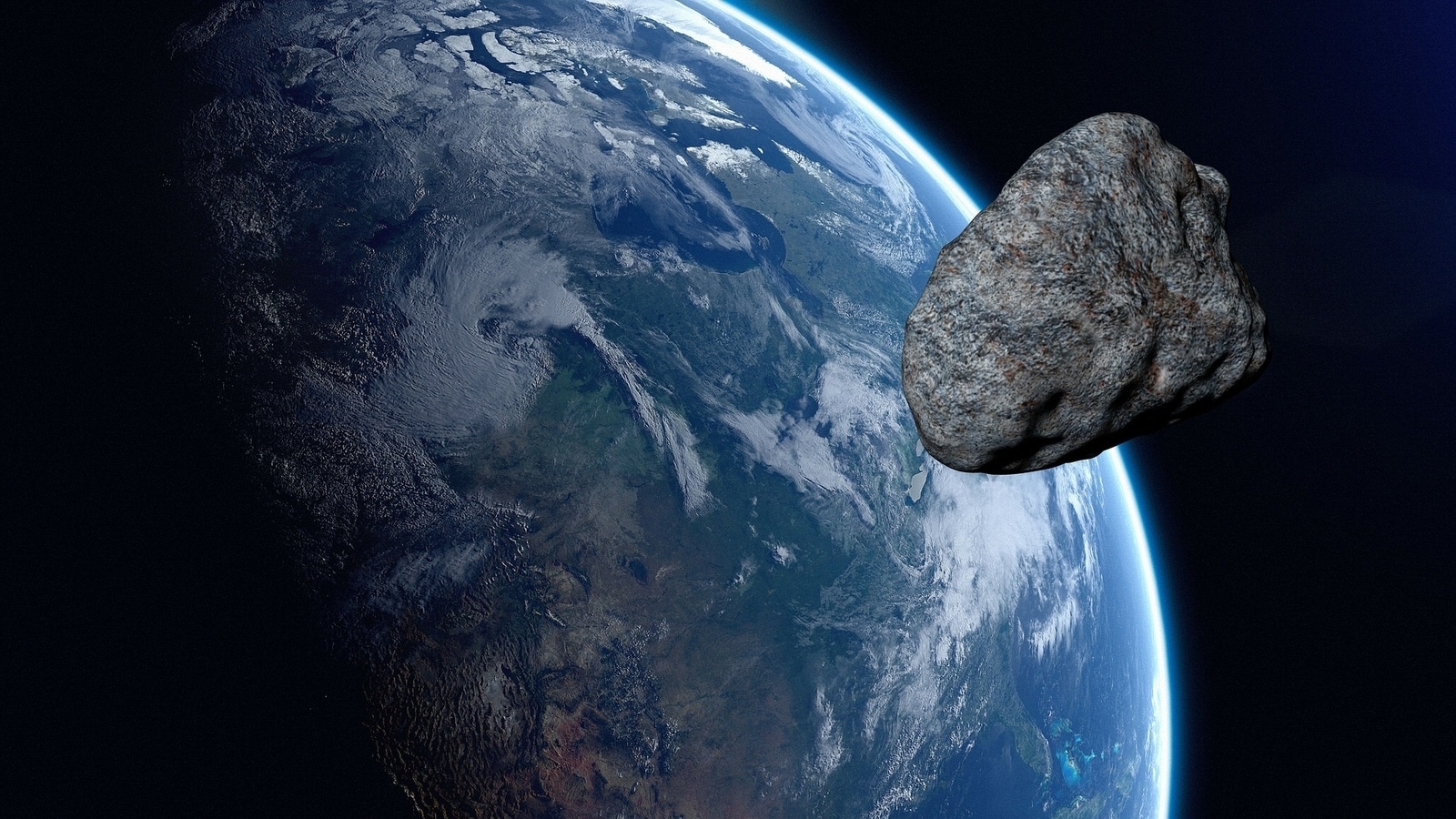Can near-Earth object be DANGEROUS? Here is how NASA wants to stop scary comets, asteroids
Asteroids and comets are the near-Earth object that can even hit the planet. However no known asteroid poses a significant risk of impact with Earth over the next 100 years, according to NASA.

Galaxies, planets, stars, Sun, Asteroids, Moons, and what not! Space is full of so many objects. Even every object has some other near object. Earth too has objects near it, which even sometimes gets attracted towards the planet because of its gravitational pull. Though, not every near-Earth object manages to reach the surface of the planet. The object needs to be large enough to survive the fire that starts by entering the atmospheric layer of Earth. But wait, do you know what is a near-Earth object?
Asteroid or comet that can pass within 30 million miles or 50 million kilometers of Earth's orbit are known as near-Earth object or NEO. According to NASA, "A near-Earth object (NEO) is an asteroid or comet whose orbit brings it within a zone approximately 121 million miles (195 million kilometers) from the Sun, meaning that it can pass within about 30 million miles (50 million kilometers) of Earth's orbit."
NASA further informed that the vast majority of NEOs that enter Earth's atmosphere disintegrate before reaching the surface (and more than 100 tons of dust particles disintegrate in Earth's atmosphere daily), those NEOs that are larger than around 98 to 164 feet (30 to 50 meters) in size and could cause widespread damage in and around their impact sites. A potentially hazardous object (PHO) is a near-Earth object whose orbit brings it within 4.7 million miles (7.5 million km) of Earth's orbit, and is greater than 500 feet (140 meters) in size.
Also Read: Forget asteroids, comets, solar storms, NASA is EXCITED about this
It can be known that like the planets, asteroids and comets also orbit the Sun. Some of the smaller moons of other planets may be captured asteroids. Most asteroids are in what is called “the main belt” between Mars and Jupiter. The vast majority of near-Earth asteroids have come from inner part of the main belt where, over tens of millions of years, their orbits were altered by the gravitational influence of Jupiter and Mars, and some by mutual collisions.
How many times do near-Earth objects come close to Earth
Small asteroids a few meters in size are detected passing between Earth and the Moon's orbit several times a month. Meteoroids – very small fragments of asteroids and comets less than 3 feet (1 meter) in size – hit Earth's atmosphere and explode virtually every day, causing the bright meteor events that people see at night and sometimes leave remnants – meteorites – on the ground. The Jet Propulsion Laboratory's Center for NEO Studies maintains close approach tables that are updated daily, NASA informed.
Also, till date no known asteroid poses a significant risk of impact with Earth over the next 100 years. The highest risk of impact for a known asteroid is a 1 in 714 chance of impact by an asteroid designated 2009 FD in 2185. This means that the possibility that it could impact then is less than 0.2 percent. NASA said, "One asteroid that NASA is studying up close, called Bennu, has a 1/2700 chance of impacting Earth between 2175 and 2195. The OSIRIS-REx spacecraft will complete a 2-year investigation of Bennu before plucking a sample of asteroid material off its surface and delivering it back to Earth."
Also Read: James Webb Space Telescope captures glowing Jupiter in its infrared gaze
How can we prevent an asteroid from hitting Earth?
Currently, an asteroid impact is the only natural disaster that NASA might be able to prevent. There are a few methods that NASA is studying to deflect an asteroid on a course to impact Earth. One of these techniques is called a gravity tractor—it involves a spacecraft that would rendezvous with an asteroid (but not land on its surface) and maintain its relative, optimal position to use the mutual gravity attraction between the satellite and the asteroid to slowly alter the course of the asteroid.
A kinetic impactor is currently the simplest and most technologically mature method available to defend against asteroids. In this technique, a spacecraft is launched that simply slams itself into the asteroid at several km per second speed. Nuclear explosive device methods are considered the last resort when it comes to NEO deflection, though they may be the most effective for preventing a cataclysmic event. When warning time is short or the asteroid is large, deploying a nuclear device is the most effective option.
Catch all the Latest Tech News, Mobile News, Laptop News, Gaming news, Wearables News , How To News, also keep up with us on Whatsapp channel,Twitter, Facebook, Google News, and Instagram. For our latest videos, subscribe to our YouTube channel.





























